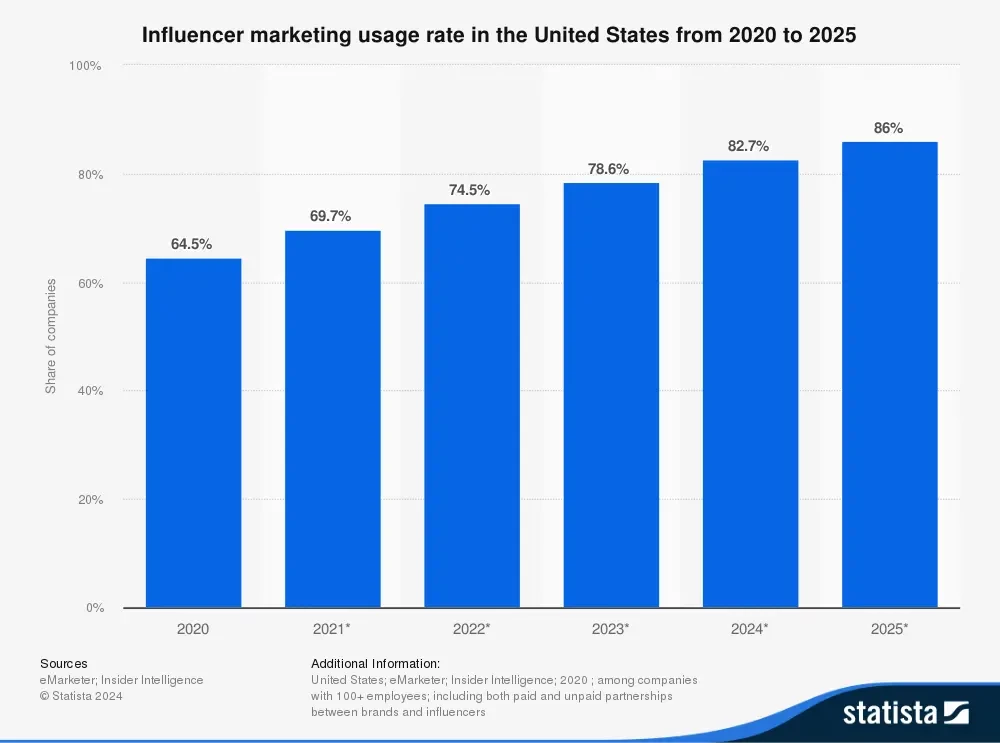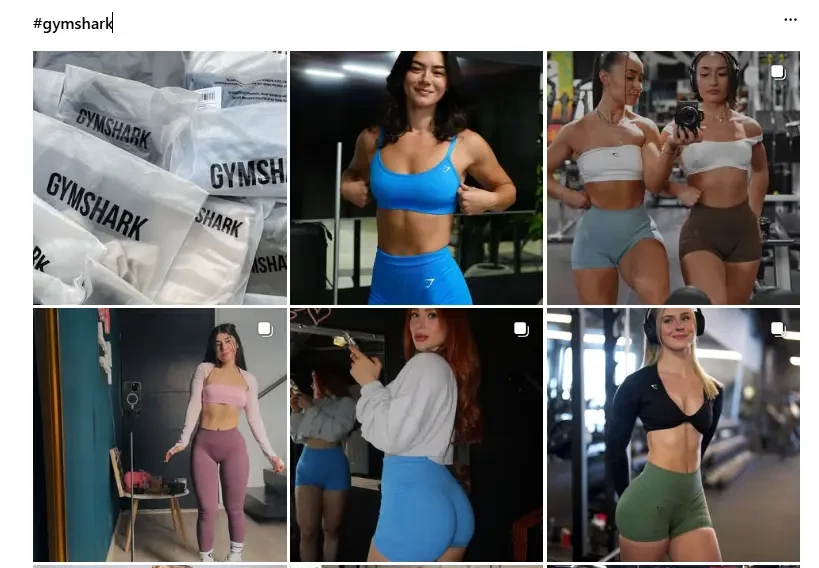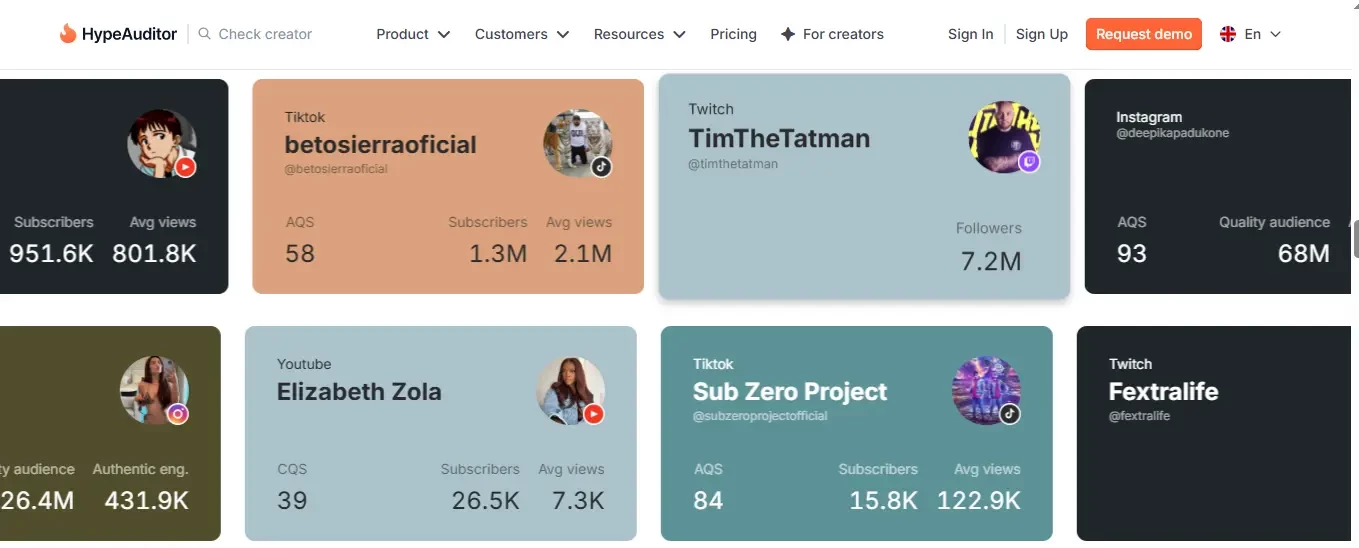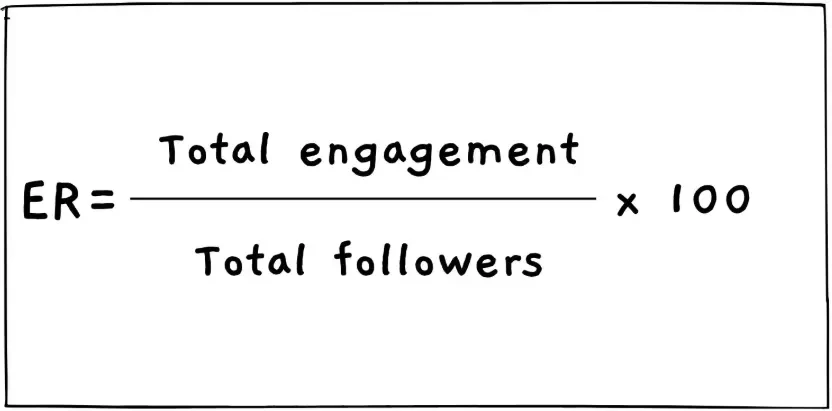04 August 2025
652
15 min
5.00

What Influence Marketing Is and How to Use It
Content
Influencer marketing, which involves working with opinion leaders such as bloggers and vloggers, is a fully-fledged promotional tool.
Over just a few years, it has evolved from a supporting tactic into a thriving industry. According to eMarketer, by 2022, 72.5% of companies were expected to include it in their marketing strategies.

Today, influencer marketing is relevant for most industries. To succeed, businesses must carefully select the right opinion leader and develop a thoughtful collaboration strategy. In this article, we’ll explore how to choose the right influencer and get the most out of your integrations to drive real results for your business.
What is Influencer Marketing
Influencer marketing involves leveraging the authority of opinion leaders to promote products or services. At its core, it involves collaboration between a brand and a public figure whose personal recommendations influence their audience’s purchasing decisions.
Influencer marketing comes with several key advantages:
- Native format. Integrated content aligns naturally with the influencer’s usual style and focuses on delivering value to their audience.
- Targeted reach. By choosing the right influencer, brands can directly engage with a highly relevant and interested audience.
- High-quality traffic. Influencers can drive live traffic to your website, business accounts, or personal profiles.
- Audience feedback. Each integration generates visible reactions and comments, providing immediate insights into how the audience perceives your product or message.
Ideal influencer marketing is educational, informative, and media-driven. It doesn’t push for a hard sell, which helps avoid the resistance typically associated with traditional advertising.
By leveraging influencer marketing, you can effectively:
- introduce a new product to your target audience;
- showcase product features and real-life use cases;
- highlight the benefits of purchasing;
- address common objections or concerns;
- build greater trust in your brand;
- maintain a positive brand image;
- drive more sales.
Who is an Influencer?
Influencers aren’t just celebrities or public figures. They can be everyday people who create engaging content for their niche communities, including popular social media users, industry experts, journalists, analysts, business owners, and more.
Depending on their reach and impact on the target audience, influencers are typically categorized as follows:
| Type | Number of subscribers | Advertising features | Cost (Influencer Marketing Hub data) |
| Nano | less than 1K |
|
|
| Micro | 2-10K |
|
|
| Macro | from 100K |
|
|
| Mega | from 1 million |
|
|
The first focus is on the niche when selecting influencers to collaborate with. The influencer’s profile should match the brand’s focus and values to attract the target audience.
Cooperation with Influencers
For an influencer marketer, it’s crucial to select the right opinion leader carefully and thoughtfully plan the type of content that will result from the collaboration.
Let’s explore where to find and how to choose the right influencer.
Getting started with influencer marketing
First and foremost, you need to define:
- Integration goals: Reputation-building goals are often achieved faster through celebrities. Macro-influencers are the right choice for wide reach, rapid sales growth, and instant brand awareness. To strengthen brand positioning, micro-influencers work well—they have smaller audiences that engage deeply with the content, discuss posts, and share them.
- Scale of campaigns: Are you aiming for a one-time collaboration or several consecutive integrations?
- Budget: Your budget will determine the category of influencers you plan to work with. The larger the influencer’s audience, the higher the integration cost.
This is also where a detailed customer profile comes in handy: you need to understand exactly who your customer is and how much they are willing to spend. Even if a company wants to achieve a word-of-mouth effect, million-dollar bloggers should be selected according to the niche, not just based on audience reach. In the Instagram profile of Zendaya (177 million), you will not find publications featuring mass-market brands like Topshop, but you will see luxury names such as Louis Vuitton.
Where to Look for Influencers
Consumers interested in a company’s products can be engaged across multiple digital touchpoints and social media platforms, including Facebook, YouTube, TikTok, Instagram, Pinterest, Snapchat, and Telegram. It’s rarely limited to a single channel—an omnichannel presence is often necessary. Platform selection should be strategically aligned with the target audience and industry vertical. For instance, Twitch is highly effective for reaching the gaming community, whereas beauty and lifestyle brands can leverage influencers across a broad spectrum of platforms to maximize reach and engagement.
According to a study by Influencer Marketing Hub, 68% of brands consider Instagram the most important platform in their influencer marketing strategy. TikTok ranks second, with 45% of respondents using it to collaborate with influencers.
A prime example is Ben Francis, founder of the sportswear brand Gymshark. He grew his startup exclusively through fitness influencers on TikTok and Instagram. By giving away products for free, which athletes proudly showcased on their social media, Gymshark’s daily sales quickly surged tenfold, from $450 to $4,500.


How to Choose the Right Influencer
When choosing an influencer, attention is paid to audience reach, engagement, and content profitability. The quality of followers tends to increase as their number decreases on the influencer’s profile.
To ensure the authenticity of an influencer’s followers, it’s crucial to analyze their profile and post statistics, including engagement metrics. Audience activity in likes, comments, shares, and saves reflects their level of engagement. For example, if an influencer has 100,000 followers but a reach of only 5,000, the advertising will likely be ineffective.
You can find influencers and negotiate partnerships via dedicated platforms, such as Heepsy, Upfluence, Influencity, and Brand Collabs Manager. To verify audience authenticity and detect fake followers, use auditing tools like trendHERO or HypeAuditor.

It wouldn’t be unreasonable to explore the blog on your own:
- Creator activity. If an Instagram or TikTok influencer hasn’t posted anything for three weeks, it may indicate inconsistency. For YouTube, posting once a month is considered acceptable.
- Number of posts and account age. If an account has fewer than 80 posts but over 100,000 followers, that’s a clear sign the audience was not built organically.
- Follower engagement. On Instagram, a good benchmark is at least 1 comment per 100–150 likes, and the average views on recent videos should be no less than 20–30% of the total follower count. On Telegram, views matter most: if posts received 100,000 views a year ago and now get fewer than 50К, that indicates negative growth dynamics.
- Audience quality. Who leaves comments: real users or bots? Choose 20 random active followers and check whether their comments are genuine or artificially generated. Repetitive or generic comments often signal fake engagement.
- Ad saturation. There shouldn’t be too many brand integrations in the influencer’s feed. For example, 1–2 ad segments on YouTube are acceptable in a 60–90 minute video. On Instagram, ads should make up no more than 30% of the total content.
- Integration quality. Reviewing previous sponsored content helps you evaluate what kind of result you can expect from the collaboration.
- Audience acquisition methods. The ideal influencer builds their community organically. Those who participate in giveaways often attract a fragmented audience, which leads to lower engagement and underwhelming campaign performance.
Formats of Cooperation
The blogger can choose the content format themselves, but in practice, the brand often comes with specific publication options. It can be:
- Product review—the influencer presents the product and shares personal impressions after using it.
- Product placement—the product is casually featured on screen or mentioned in the script without direct promotion.
- Unboxing—the influencer opens packages from brands and talks about the contents.
- Giveaways & contests—the brand offers its product or service as a prize. Example of a fun mechanic: the influencer announces a daily challenge in stories, subtly showing an object each day. The winner is the one who DMs the correct answer.
- Special project—can be short- or long-term and usually involves branded content tailored to the influencer’s audience.
- Native advertising—seamless product/service integration into the content with no explicit call to action. For example, a sports influencer documents an injury and recovery process at a specific clinic
- Ad insert—common on YouTube. A promotional clip is embedded at the beginning or middle of the video. When done creatively, it can engage rather than irritate viewers.
Comprehensive direct communication with your customers powered by Yespo
Formats are chosen based on the campaign’s goals and budget. Different types of content can be used for multiple integrations.
Tracking Results
Metrics for analysis depend on:
- campaign goals;
- the product being promoted;
- collaboration format.
If the product is intended for mass consumption, the focus should be on increasing brand awareness and customer loyalty. If it’s a niche product, KPIs should prioritize leads and their actions on the website. The following metrics are fundamental for evaluating a campaign.
- Engagement rate means audience engagement with the influencer’s post (likes, comments, shares).

- Brand sentiment—how people feel about the brand. Track mentions using social media monitoring tools or Google Alerts.
- Website traffic—how many users clicked through to the website via a specific link? Use UTM tags to measure results in Google Analytics. If traffic is directed to a company’s social media profile, monitoring follower growth and mentions within 1–2 days after the integration is important.
- Brand awareness—a measure of how well people recognize your brand. This can also be analyzed in Google Analytics, where you can track both organic and social media traffic. A traffic increase indicates that the influencer collaboration was effective.
- Sales—the impact of the collaboration on sales is typically tracked through a personalized (branded) promo code provided to the influencer.
Where to Lead Leads
Collaboration with an influencer assumes that the brand will receive an influx of the target audience. Defining where to direct these leads and preparing to process incoming requests is essential. The influencer’s content should include a clear, compelling call to action and links to the brand’s page, landing page, or website.
The most valuable asset for driving sales is the brand’s website. There, you can provide the most entry points into your sales funnel:
- product reservation form;
- pop-up inviting users to book a consultation or join a giveaway;
- email newsletters subscription form offering a bonus for the first purchase;
- callback request form;
- live chat window with company support, etc.
Turn leads into loyal customers
Key Influencer Marketing Trends in 2025
In 2025, influencer marketing remains a key communication channel for brands. Companies are increasingly investing in this format, viewing it as more authentic than traditional advertising. The main trends this year include:
- Growing marketing budgets for influencer collaborations—80% of brands are maintaining or increasing their influencer marketing budgets, with 47% reporting an increase of at least 11%.
- Focus on micro-, mid-, and nano-influencers—73% of brands prefer working with creators who have smaller but more engaged audiences due to higher cost-efficiency.
- Long-term partnerships—nearly 47% of marketers plan to run ongoing campaigns with the same influencers to build deeper trust and consistent brand messaging.
A Few More Tips for Working with Influencers
- Prepare a detailed brief ahead of time.
- Avoid starting the conversation with money talks. When an influencer aligns with your niche, they’re often interested in collaboration from a professional standpoint. Plus, if your brand has a sizable following, you can mutually benefit from audience sharing.
- Provide helpful materials to familiarize the influencer with your product.
- Once you’ve agreed on the integration details, formalize the partnership with a contract outlining the services, compensation, force majeure clauses, and other key terms.
Influencer marketing is one of the most effective promotion channels. It’s not just a tool for boosting revenue but also a way to build brand reputation, generate interest in your product, and increase brand awareness. Let every collaboration with influencers bring you a massive stream of engaged leads, and we’ll help you convert them into loyal customers!


.webp)